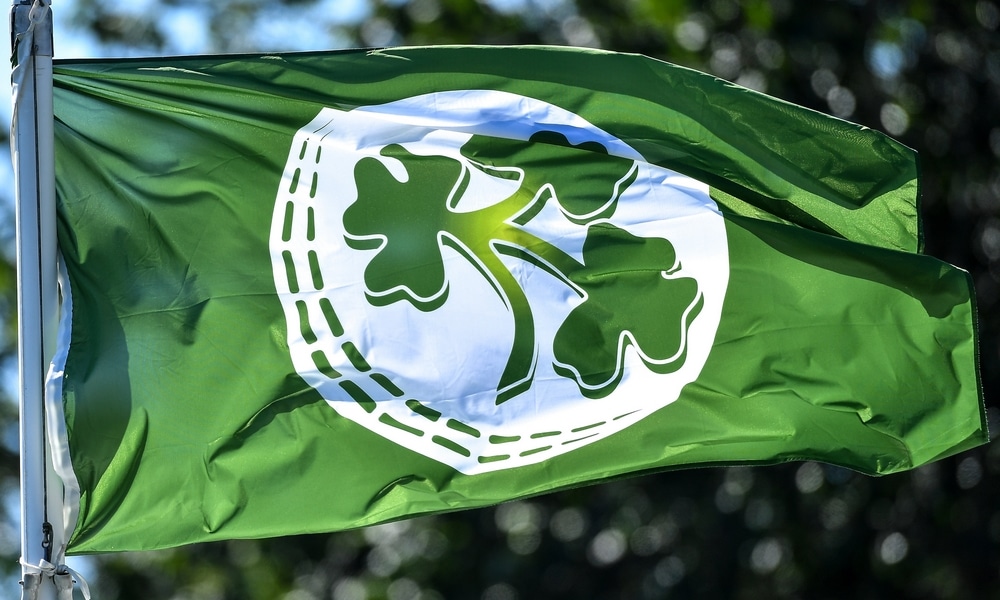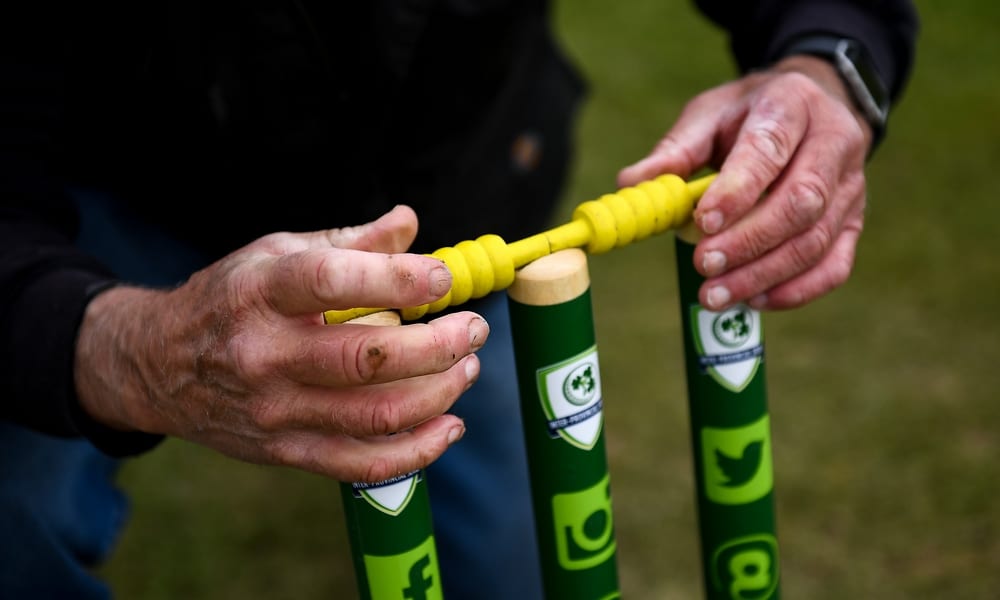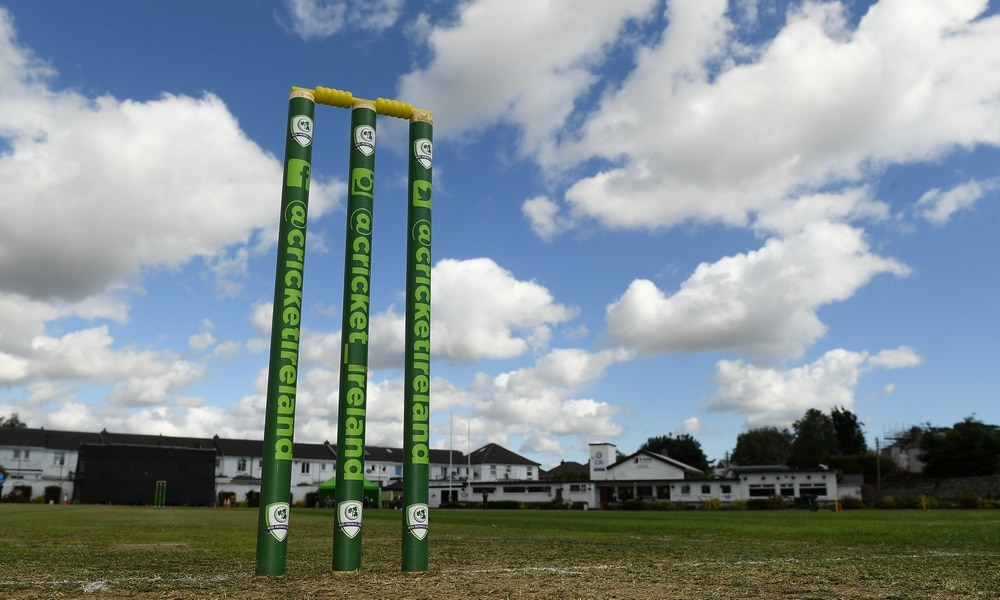The Organisation...
Cricket Ireland (also known as “The Irish Cricket Union Company Limited by Guarantee”) is the national governing body for the sport of cricket in Ireland.
Formally established in 1927, we are responsible for setting the strategic direction and the national administration of cricket on the island of Ireland (Republic of Ireland and Northern Ireland).
We are a Board-led organisation with a number of committees and working groups that provide expertise, insight and additional scrutiny over Board-level matters.
Below the Board is the administrative body that delivers the operational aspects of the organisation. This administrative entity is split into six departments:
- High Performance
- Participation
- Facilities & Operations
- Commercial
- Marketing & Communications
- Finance & Administration
Find out more...
Equality Diversity & Inclusion strategy
Find out moreCreating a positive cricketing experience for everyone involved, from grassroots to elite level

Cricket Ireland 2024-2027 Strategy
Find out moreOur vision: To become a major sport in Ireland and a major nation in cricket.

Board & Committees
Find out moreLearn about the responsibilities and composition of the Cricket Ireland Board and the sub-committees.

Staff directory
Find out moreMeet Cricket Ireland’s executive and administrative staff, learn about their roles and how to contact them.

Irish Cricket Vacancies
Find out moreFind out job vacancies in Irish cricket – either within Cricket Ireland, Provincial Unions or clubs.

Supporters Club
Find out moreLove Irish cricket? Join the official Supporters Club today and support our teams while enjoying benefits.

Charity Partner
Find out moreLearn about the Lord’s Taverners Ireland and their great work supporting disadvantaged kids in Ireland.

Governance structures
Find out moreLearn about Cricket Ireland’s industry-leading governance structures and corporate policies.

Corporate Sponsorship
Read moreWe would not be able to succeed on or off the field without our sponsors and business partners.

Irish Cricket History
Read moreLearn the fascinating history of Irish cricket and discover who has been recognised at the Irish Cricket Awards,

Key Document Hub
Read moreFind the important documents that guide our sport and ensure we comply with our legal obligations.

Contact Cricket Ireland
Irish cricket history












